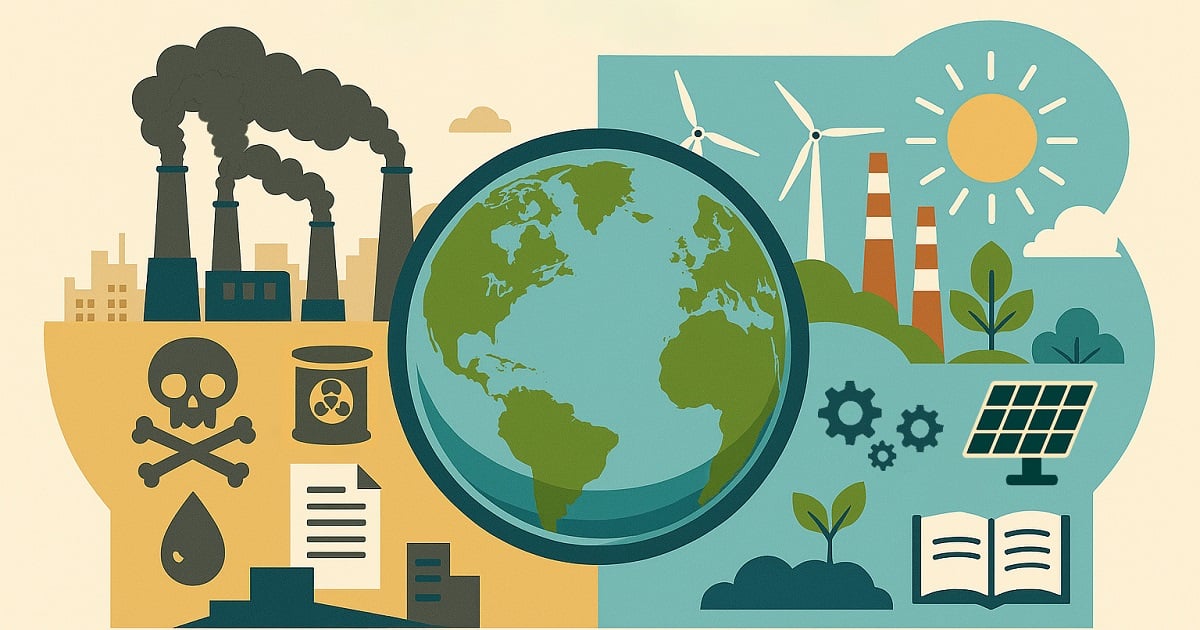The Challenges and Future Trends in Anthropogenic and Natural Pollution Control Engineering
Topic Information
Dear Colleagues,
In the face of escalating global climate change and the urgent need to achieve the United Nation’s Global Sustainable Development Goals (SDGs), the imperative for effective pollution control engineering has never been more pressing. The proliferation of various environmental pollutants, including natural pollutants from diverse sources, and the emergence of new contaminants underscore the complexity of the challenge. These pollutants interact dynamically with diverse environmental media, altering their toxicity, migration patterns, and transformation pathways, and posing multifaceted risks to the ecosystems and human health.
To address these challenges comprehensively, a concerted effort is required to advance environmental pollutant removal technologies. Conventional physical and chemical treatments must be augmented by cutting-edge approaches like nanotechnology, photocatalysis, and electrochemical remediation, offering more efficient and sustainable solutions. Furthermore, harnessing the potential of bioremediation and phytoremediation techniques can facilitate the degradation or sequestration of pollutants, contributing to environmental cleanup efforts.
However, effective pollution control extends beyond technological interventions alone. Integrating ecological protection and environmental restoration strategies is essential to mitigate the long-term impacts of pollution on biodiversity, ecosystem services, and natural habitats. This necessitates holistic approaches that consider not only pollutant removal but also habitat restoration, biodiversity conservation, and ecosystem resilience enhancement.
This topic seeks to delve into the intricate interplay between anthropic and natural pollutants, exploring the latest research findings, innovative technologies, and emerging trends in pollution control engineering. By fostering interdisciplinary collaboration and knowledge exchange, it aims to catalyze transformative solutions that safeguard the environment, promote sustainable development, and ensure the well-being of present and future generations.
We welcome all studies considering the monitoring of water/soil air quality and ecological status of each sphere, including but not limited to the following: Agrochemicals; Environments; Water; Toxics; Soil Systems; Microplastics; Microorganisms; Sustainability.
Dr. Chenyang Zhang
Dr. Fujing Pan
Dr. Xiaoyu Gao
Prof. Dr. Weiqi Fu
Dr. Anxu Sheng
Dr. Zhiqiang Kong
Topic Editors
Dr. Lei He
Dr. Sining Zhong
Dr. Jie Chen
Co-Topic Editors
Keywords
- pollution control engineering
- anthropogenic pollutants
- natural pollutants
- heavy metal transport
- environmental remediation
- sustainable development goals
- ecological protection
- bioremediation
- technological innovation
- environmental restoration

Image courtesy of ©Dr. Chenyang Zhang - McGill University